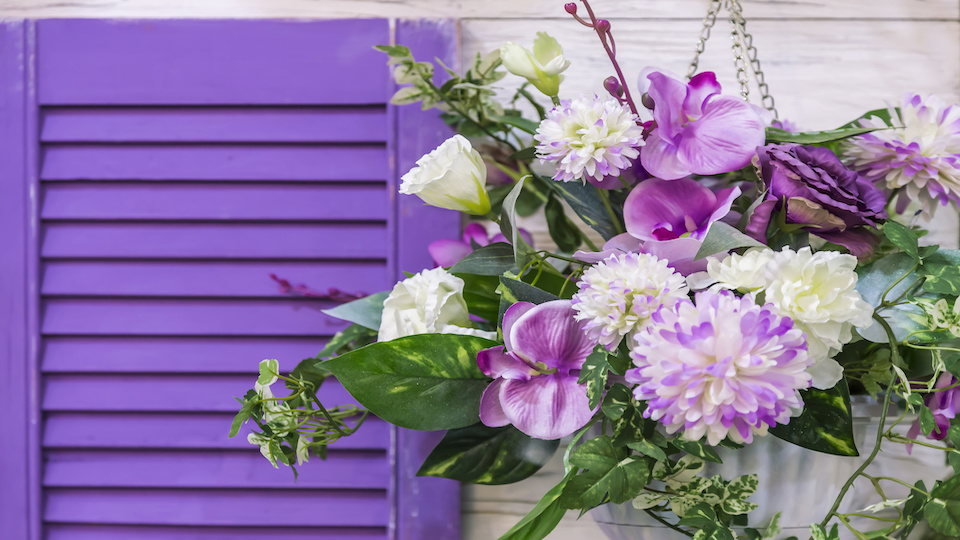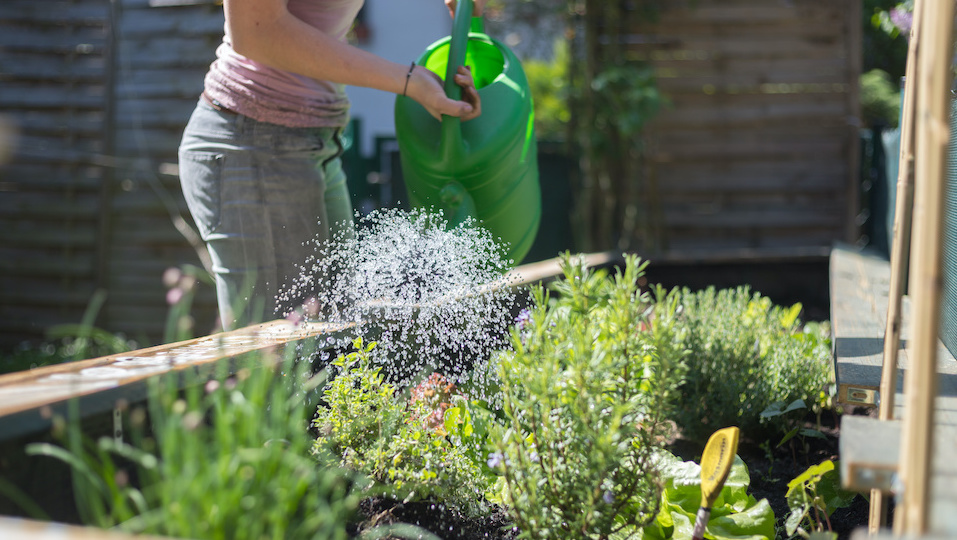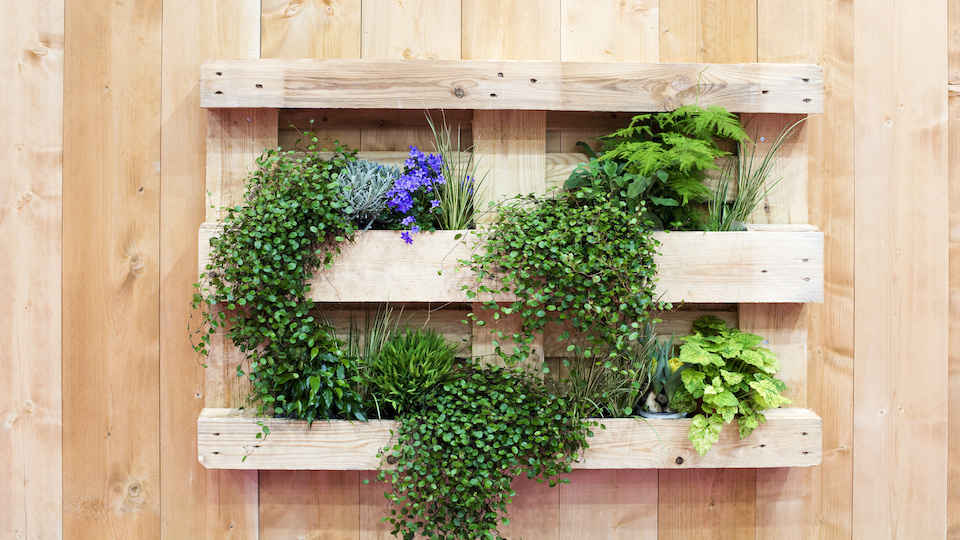Easy and Creative Vertical Garden Ideas
Do you love to be surrounded by vibrant plants but are short on space? You can fit a vertical garden anywhere, indoors or outdoors, and have plenty of gardening fun. A vertical arrangement will help you fit more plants in a small area. Try these ideas for fun ways to try your hand at vertical gardening.




